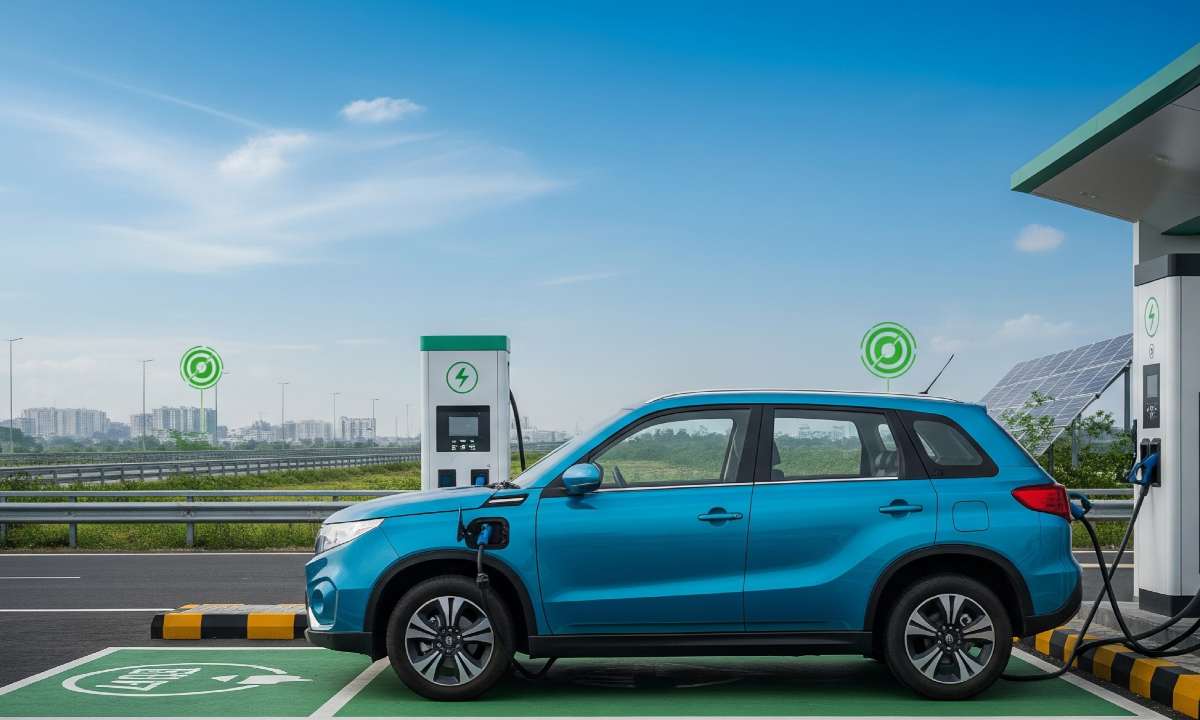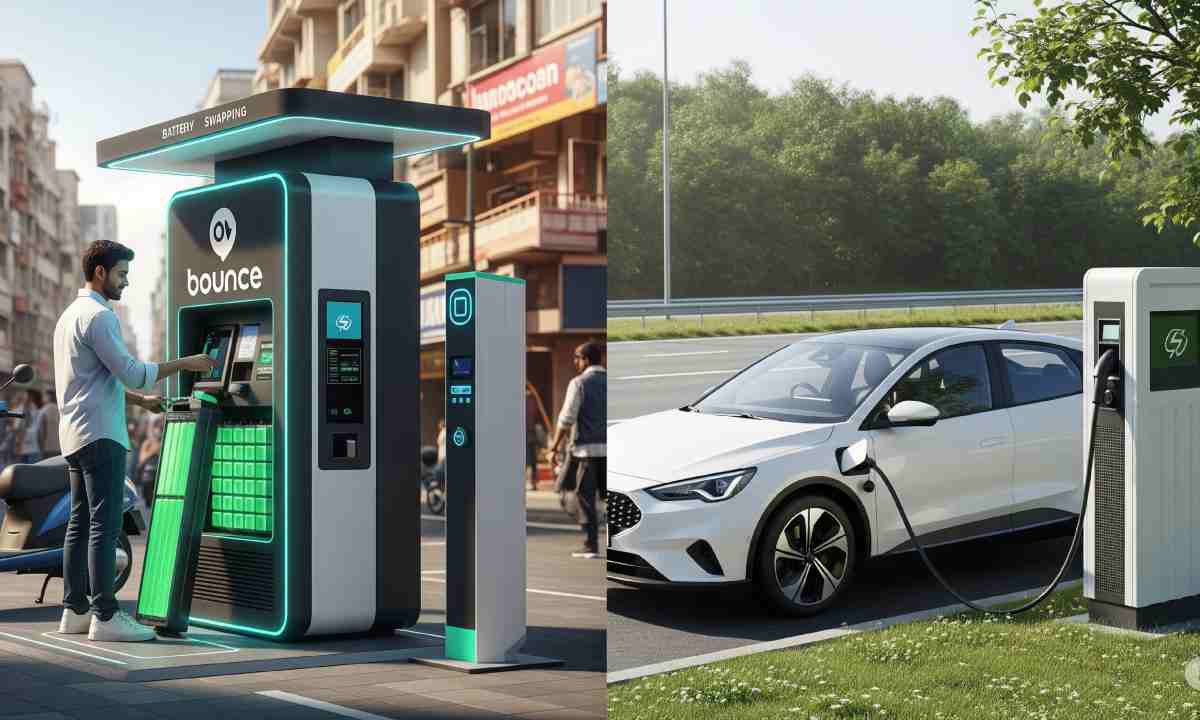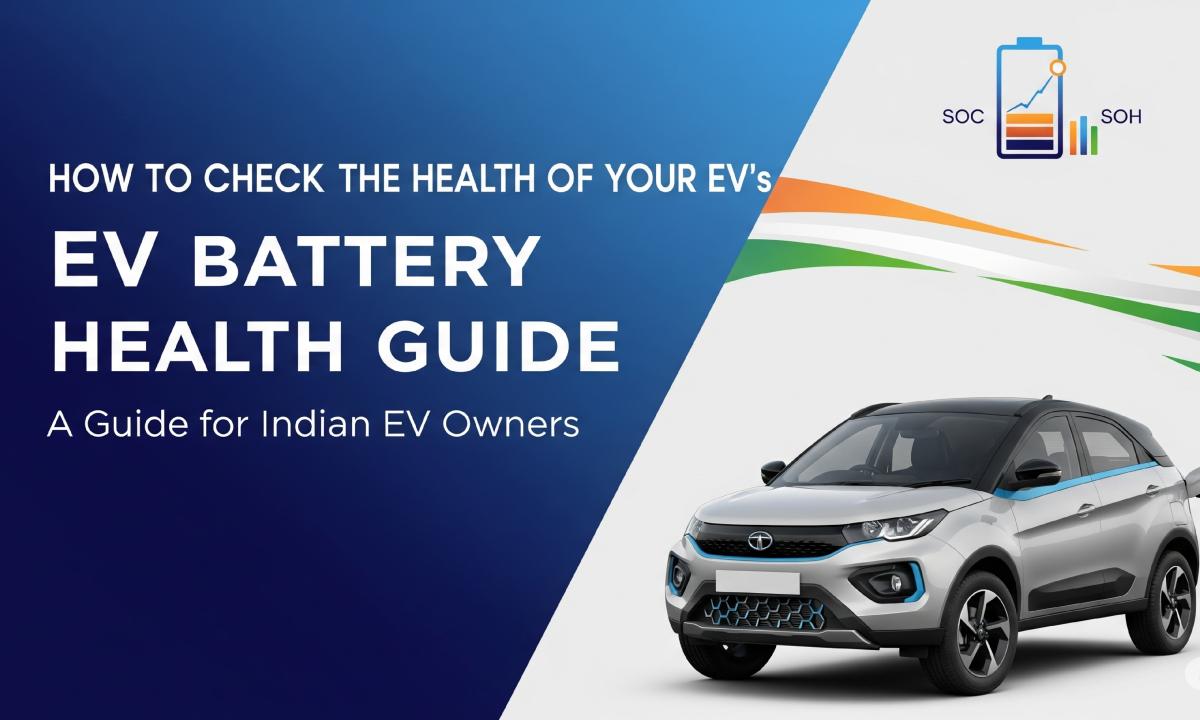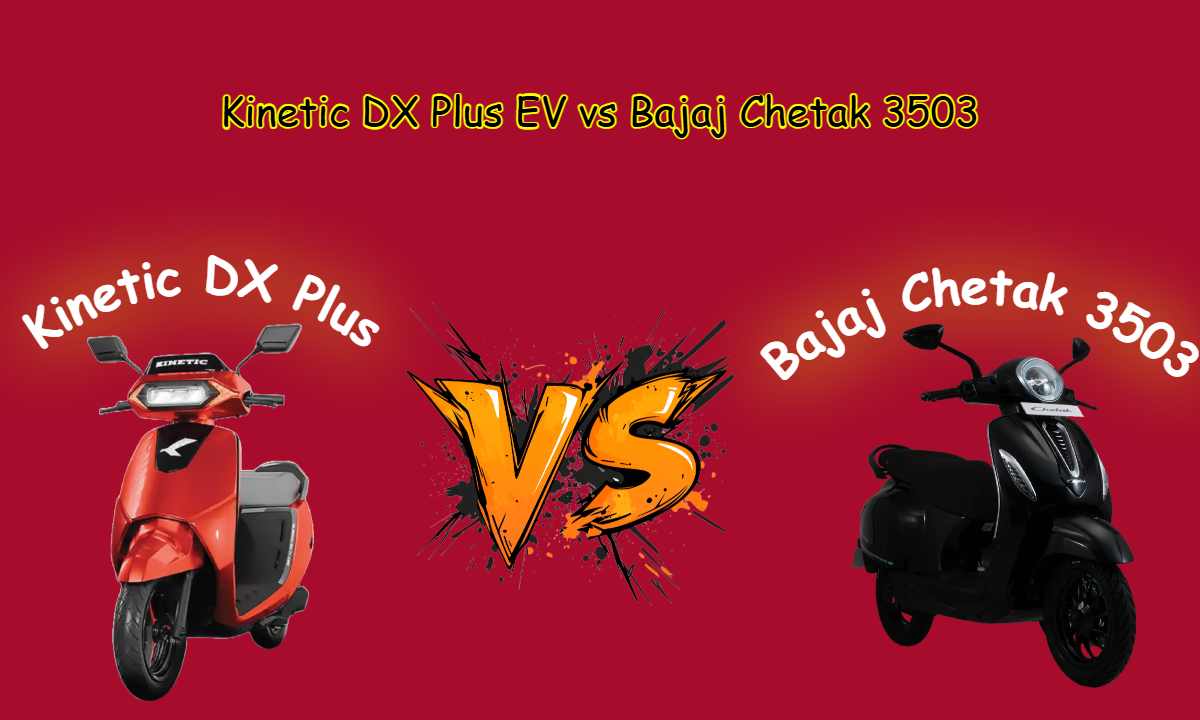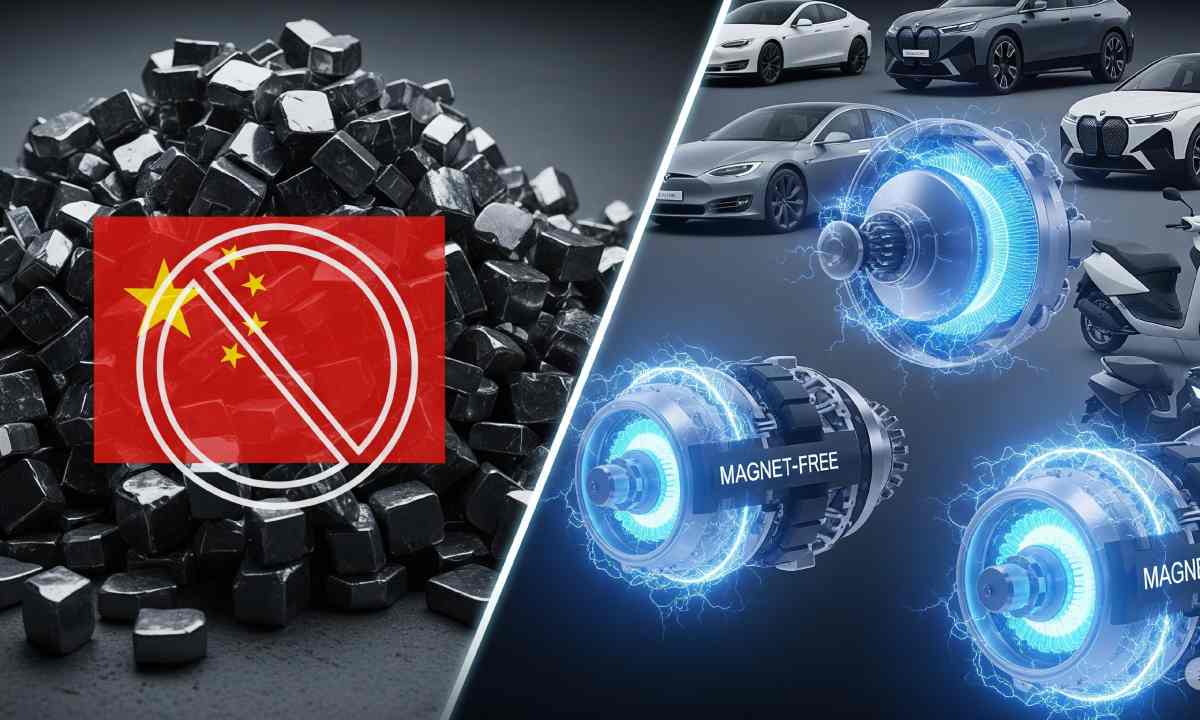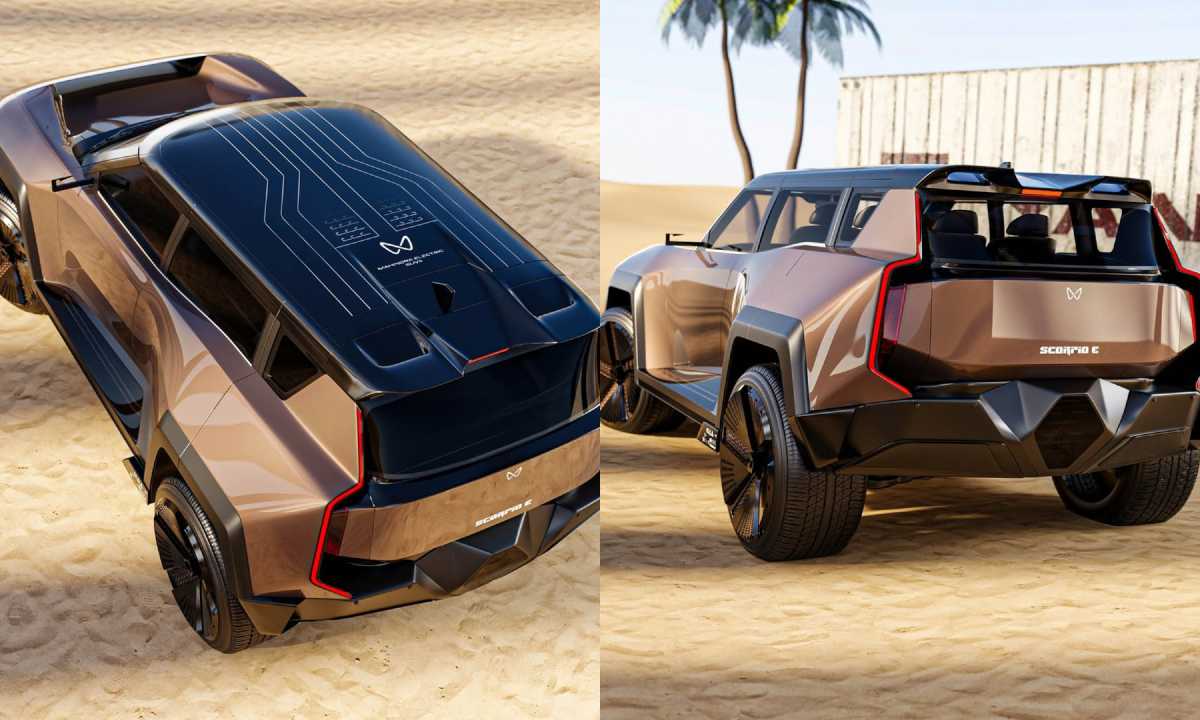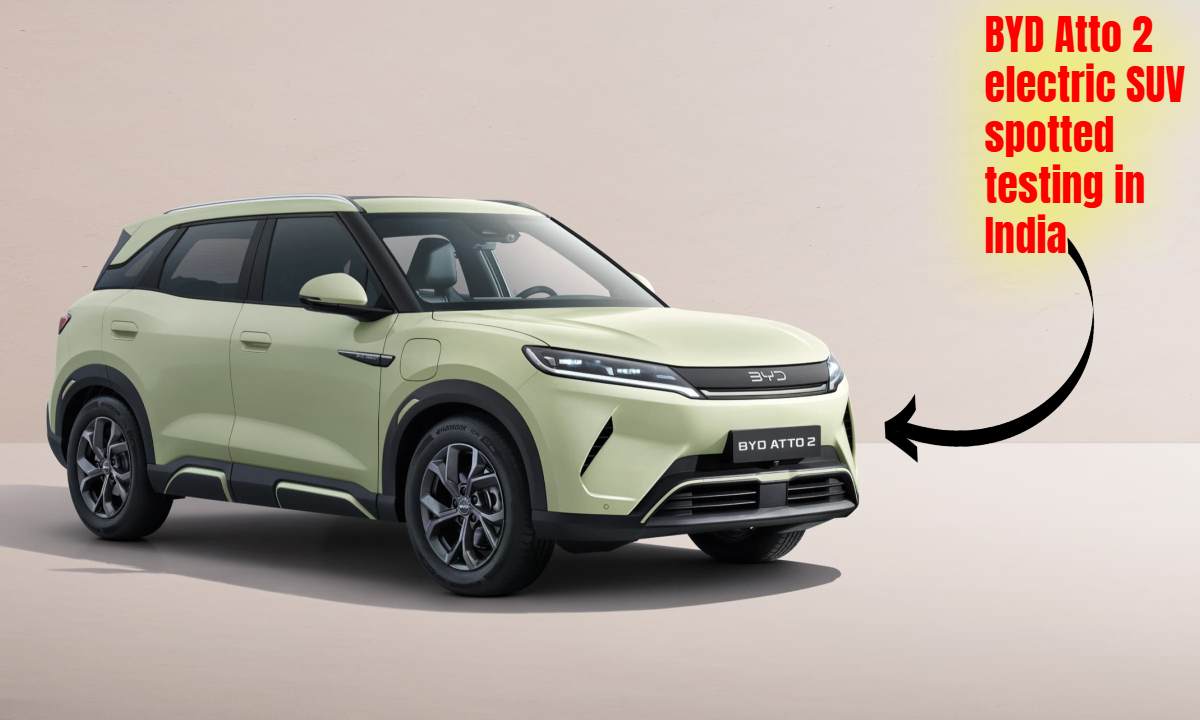you’re cruising down the highway in your shiny new electric vehicle (EV), the breeze flowing through the AC vents, and you’re feeling good about saving the planet one kilometre at a time. But then, that little battery icon starts blinking, and a familiar worry creeps in—where’s the nearest charging station? If this sounds familiar, you’re not alone. Charging anxiety, the fear of running out of battery, especially on long drives or in rural areas, is a real concern for many Indian drivers considering EVs. In fact, a 2025 survey found that 40% of potential EV buyers in India hesitate due to concerns about charging availability. But here’s the good news: India is making massive strides to build a robust EV charging network, and it’s time to put those fears to rest. Let’s dive into how the country is addressing charging anxiety and making EVs a practical choice for everyone.
The Current State of EV Charging in India
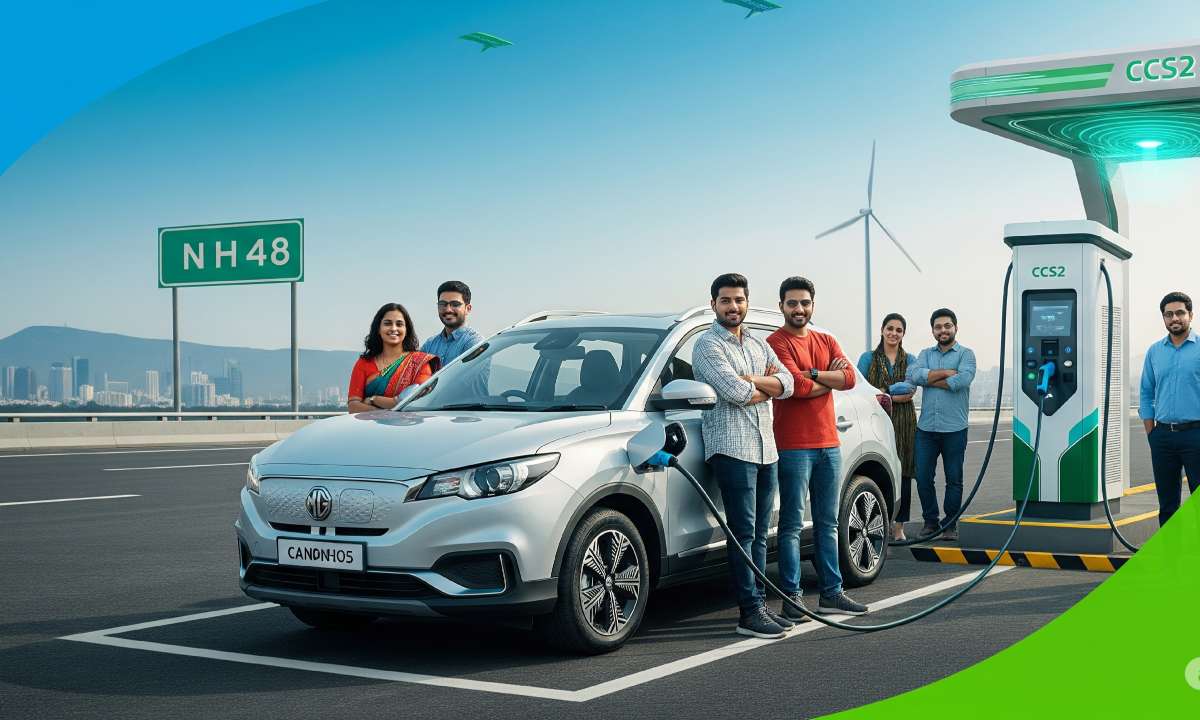
India’s EV charging infrastructure is expanding rapidly, driven by both government initiatives and private investments. By the end of 2024, India had approximately 75,000 public charging points, with around 40,000 added that year alone. Note that some reports mention fewer stations, possibly due to differences in counting individual chargers versus stations. The EV market is booming too, with 19 lakh units sold in 2024—a 19% increase from 2023. To keep up with this growth, experts estimate India will need 375,000 public chargers by 2030, requiring about 50,000 new chargers annually from 2025 onward.
The government is leading the charge through initiatives like the PM E-DRIVE scheme, which allocated INR 20 billion (USD 240 million) in October 2024 to build charging stations, focusing on urban centres and busy transport corridors like NH48. The FAME II scheme has also funded nearly 8,000 fast-charging points set up by oil marketing companies. Private players like Tata Power, EESL, Magenta Group, and Fortum India are stepping up, installing chargers at dealerships, malls, and even residential complexes. For instance, Tata.ev has deployed over 700 DC and AC fast chargers across 250 cities and plans to add 10,000 more by 2025.
| Key Statistics on India’s EV Charging Infrastructure | Details |
|---|---|
| Public Chargers Installed in 2024 | ~40,000 |
| Total Public Chargers (End of 2024) | ~75,000 |
| Projected Public Chargers by 2030 | 375,000 |
| Annual Charger Additions Needed (2025-2030) | ~50,000 |
| PM E-DRIVE Funding (October 2024) | INR 20 billion (USD 240 million) |
| Fast-Charging Points (FAME II) | ~8,000 |
| EVs per Public Charger (2024) | ~4 |
| EVs per Public Charger (Projected 2030) | ~7 |
Why Charging Anxiety is a Thing
Charging anxiety stems from valid concerns: the fear of being stranded with a dead battery, especially on highways or in rural areas where chargers are scarce. Inconsistent charging standards across brands can also be frustrating—imagine pulling up to a station only to find your plug doesn’t fit! Long charging times and concerns about grid reliability add to the worry. Surveys show that long charging times and limited public charging infrastructure are top concerns for 8% of Indian consumers considering EVs. But India has a plan to tackle these issues head-on.
Strategies to Ease Your Charging Worries
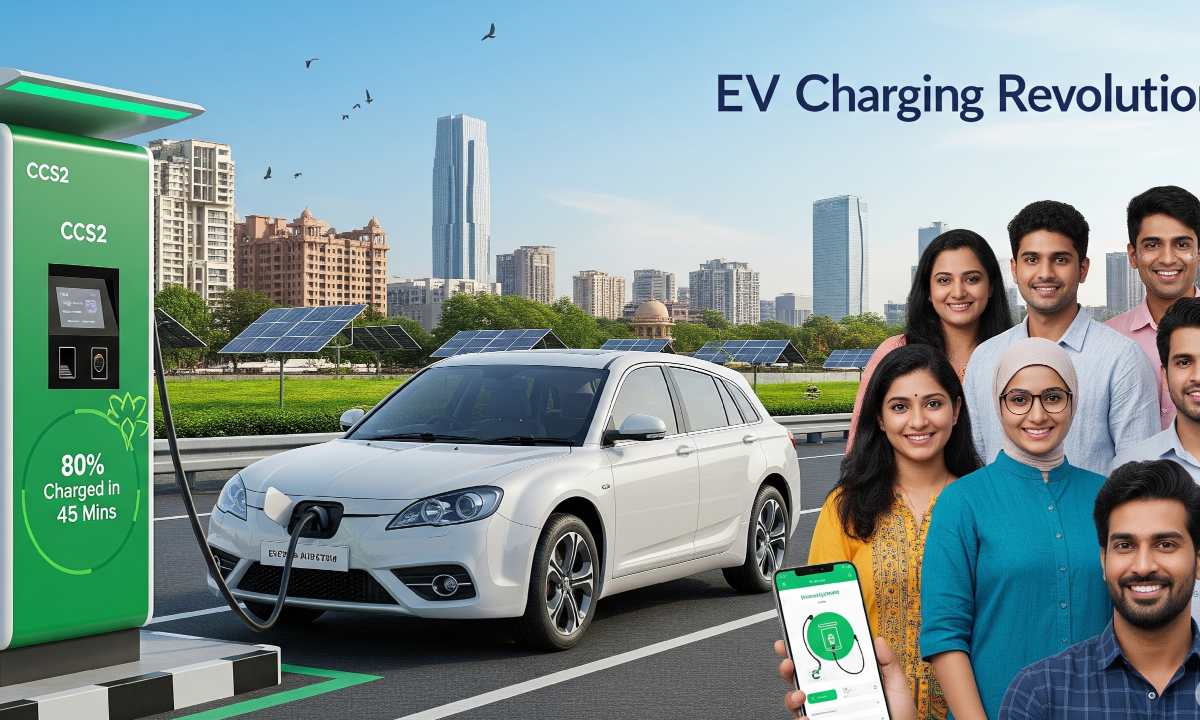
India is working to make charging anxiety a thing of the past with these key strategies
1. Expanding the Charging Network
The government and private sector are teaming up to blanket the country with chargers. The Bureau of Energy Efficiency has sanctioned 2,877 charging stations under FAME II, with 1,576 along 16 highways and 9 expressways covering 10,275 km, including major routes like Mumbai-Pune (NH48). Energy Efficiency Services Limited has pushed for 810 stations, and companies like Tata.ev are making chargers accessible at dealerships, malls, and public spaces. This means whether you’re in Delhi, Bengaluru, or cruising down a major highway, a charger is likely nearby.
2. Fast-Charging Technology
Nobody wants to wait hours to charge their car, and fast-charging technology is changing the game. Most fast chargers in India use the CCS2 standard, compatible with popular models like the MG M9 and Maruti eVitara. For example, the MG M9 electric MPV can charge from 0-100% in just 90 minutes using a 160kW DC fast charger, while the Maruti eVitara charges from 10-80% in 45 minutes. Subsidies are encouraging more fast-charging stations, making quick top-ups convenient for both city commutes and long road trips.
3. Powering Up with Renewable Energy
Worried about the grid handling all these EVs? India is addressing this by aiming for 50% renewable energy by 2030, with 40% already achieved in 2022-23. Regulations allow charging stations to tap into green energy, reducing strain on the grid and making charging more sustainable. For example, many charging stations are powered by solar and wind energy, allowing you to charge your EV with a cleaner conscience.
4. Incentives for More Chargers
Building chargers is expensive, but government incentives are making it easier. The FAME scheme allocated ₹800 crore to oil companies for over 7,000 stations, and 100% foreign direct investment in the EV sector is attracting global players. Small businesses and Resident Welfare Associations can also access subsidies to set up community chargers, so expect to see them in your neighbourhood soon.
What EV Owners Are Saying
Real-world experiences paint a promising picture. MG M9 owners love the convenience of charging at home overnight (about 10 hours with an 11kW AC charger) and say its 548 km range covers most needs. “The 90-minute fast charge is a lifesaver for long trips,” says Priya, an MG M9 owner from Mumbai. Maruti eVitara owners are equally enthusiastic about its 45-minute fast-charging and up to 426 km range, making it ideal for city drives and weekend getaways. Rahul, an EV owner from Delhi, shares, “With fast chargers on highways, I can now plan long trips without worrying about running out of charge.” While rural areas still need more chargers, urban and highway coverage is improving rapidly.
Planning Your EV Trip
To alleviate charging anxiety, plan your trips with apps like ChargeZone or Tata Power EZ Charge. These platforms let you locate charging stations, check availability, and even reserve a spot in advance. For daily commutes, home charging is cost-effective—using a standard 15A socket overnight or installing a dedicated EV charger for faster results. For long trips, map out fast-charging stations along major highways like NH48 or NH44, which are increasingly well-covered. For example, planning a Mumbai-Pune trip is now easier with multiple fast chargers along the route.
The Road Ahead
By 2030, India aims to have 1.32 million charging stations to support an estimated 106 million EVs annually. With 50,000 chargers planned yearly and global players like Tesla entering the market, this goal is achievable. Tesla’s Supercharger network could raise the bar, pushing local companies to improve their infrastructure. Public awareness campaigns are also helping drivers understand their options, making EVs less daunting.
Charging anxiety may still linger, but India’s EV infrastructure is charging up fast. With more chargers, faster technology, greener energy, and incentives for everyone, the days of worrying about a dead battery are fading. Whether you’re eyeing the MG M9, Maruti eVitara, or another EV, the future is electric, and India is ready to power it. So, are you ready to plug in and join the revolution? Let us know in the comments!
FAQ: Your EV Charging Questions Answered
- How do I find a charging station near me?
Use apps like ChargeZone or Tata Power EZ Charge to locate nearby charging stations with real-time availability. - What is the cost of charging an EV?
Fast charging costs around ₹10-15 per kWh, while home charging is cheaper at ₹5-10 per kWh, depending on electricity rates. - Are there enough charging stations for long trips?
Major highways and urban areas have over 75,000 public charging points as of 2024, but rural areas may still require planning. - How long does it take to charge an EV?
Fast chargers can charge most EVs from 10-80% in 45-90 minutes, while home charging takes 6-10 hours depending on the charger type.

